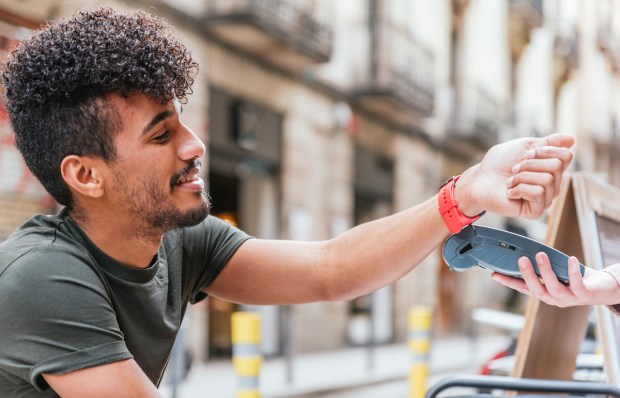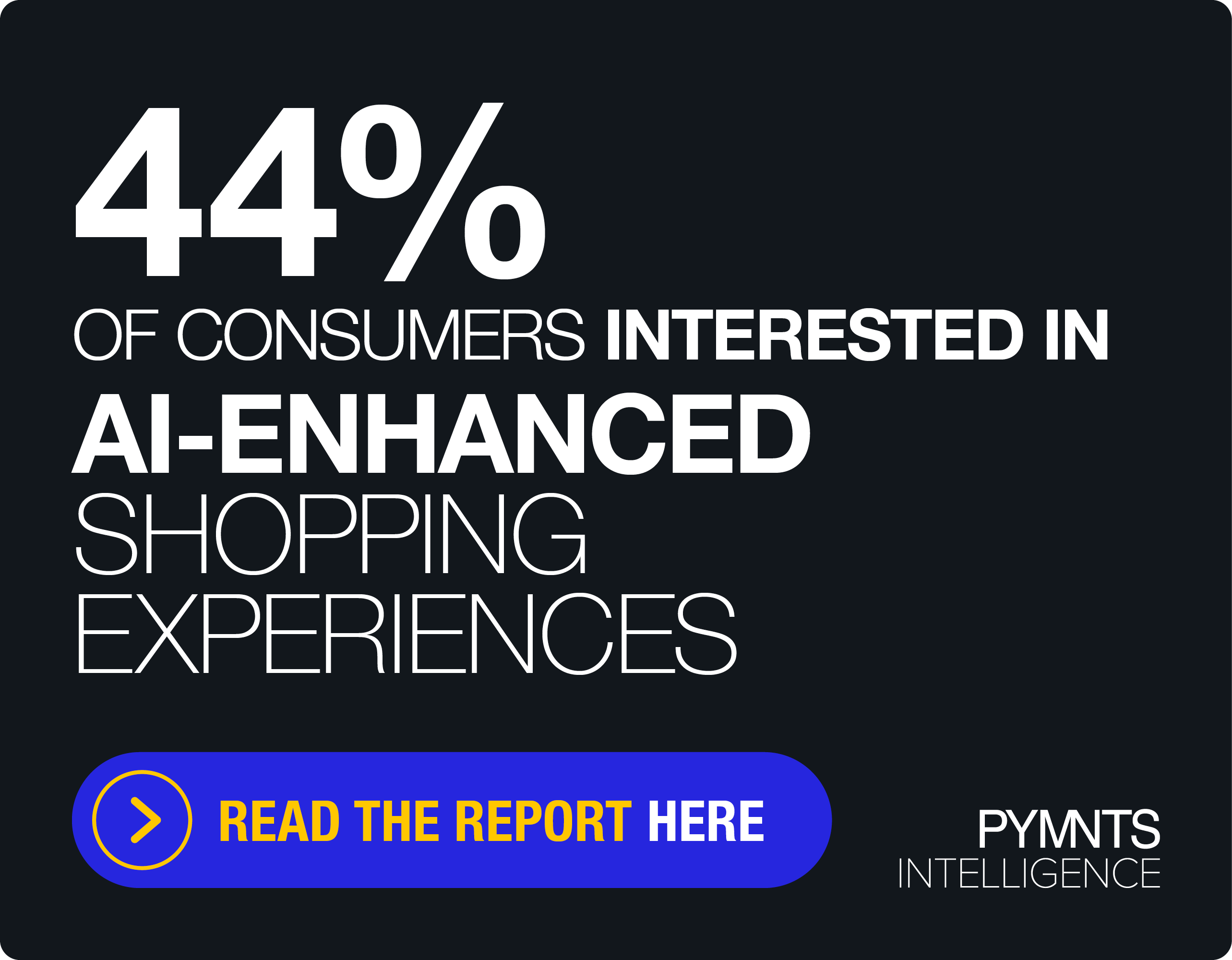Tap to Pay Popular as Checkout Moves With Consumers Wherever They Go

Tap to pay has tapped into consumers’ desire for speed at the register and to have some control over checkout — in effect taking the checkout with them no matter where they travel.
As for physical safety? Sure, it’s a holdover from the pandemic, where the prospect of handing a card, physically, to a staffer and getting it handed back was a less-than-palatable scenario.
But as so much commerce is returning to stores, the benefits of accepting tap to pay, and contactless payments in general, are proving a boon for both consumers and merchants.
The relatively quicker turnover at the register itself means consumers save time at checkout, and merchants benefit from quicker turnover, which in turn boosts revenues.
There’s another level of security too beyond the confines of public health. The contactless transaction, facilitated via EMV card or mobile device, tokenizes users’ data and thus is more secure than the swipe-to-pay method that has been in place for decades.
In recent months there has been a slew of announcements as tap to pay has been unveiled across commerce ecosystems and through various providers. Merchants are being freed from the fixed terminal at the front-of-store counter, which opens the opportunity to make sales in the aisles.
JPMorgan Joins a Host of Others
In only the most recent example, J.P. Morgan Payments has debuted a contactless payment solution for its merchant clients. In terms of the functionality itself, merchant clients can accept payments using iPhones, eschewing the terminal. And for the consumers, that effectively means they are the point of checkout — paying where they want to pay and skipping the line, while making the impulse buy right then and there (without having time for buyer’s remorse in line).
In June, PayPal launched its tap-to-pay solution on Android for Venmo business profile customers in the United States, as well as all U.S. PayPal Zettle customers.
“By enabling [tap to pay] through Venmo business profiles, we are effectively placing the ability to accept card payments — alongside Venmo payments — just a few digital steps away from the 90 million users of the app with no need to download any additional software, let alone order and manage hardware,” PayPal Head of Product for Microbusiness Ed Hallett said at the time.
In April, Square began offering Tap to Pay on Android for sellers in the U.S., the United Kingdom, Australia, Ireland, France and Spain.
PYMNTS data showed that the U.K., in particular, has been fertile ground for contactless, as 58% of in-store shoppers paid via contactless card in 2022, a 94% year-over-year increase.
The latest earnings results from payments networks showed evidence of the continued traction of contactless payments as a worldwide phenomenon. Mastercard’s second-quarter 2023 details showed that, per commentary from Chief Financial Officer Sachin Mehra, card present transactions growth has been marked by increases in contactless penetration.
“Contactless now represents over 60% of all in-person switched purchase transactions,” Mehra said in July.
And Visa’s earnings results earlier this year noted that tap-to-pay penetration of face-to-face transactions was 72%, excluding Russia and the U.S.

